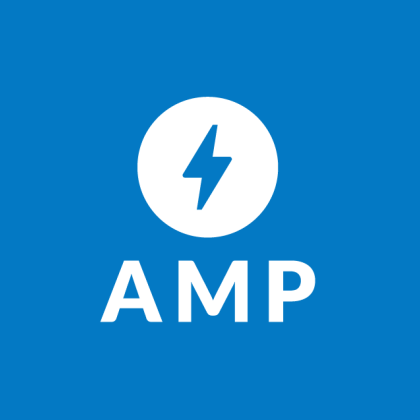In the first edition of this series I wrote about helping Google to understand your site, in particular when it comes to listing local business information, like contact details.
For this post, I want to discuss Google’s Accelerated Mobile Page technology and how using it can be a quick win for improving the search-ability (and rankings) of your site.
Since 2017 mobile traffic has represented over 50% of traffic to websites worldwide. Despite, this however many websites are built to display well on a larger screen and to look pretty, they download fonts and wads of code that do fancy things. The end result being that a website can take 10-20 seconds to display on an average mobile connection. Of course, most users don’t want to wait that long and they end up losing interest and abandoning a page that doesn’t load quickly for them. To make matters worse, when a user abandons a site because it didn’t load quickly, they are very unlikely to return.
Google found that conversions lower by 20% for every additional second a webpage takes to load. To compare, sites that loaded in 5 seconds had 2x more mobile ad revenue than sites that loaded in 19 seconds. – Instapage.com
5 years ago, Google introduced AMP pages, a format for web pages, that ensures mobile users can access the page quickly, so the page is more likely to be viewed by a mobile user. It does this in two ways:
1.) by restricting the amount of code that is downloaded to present the page (and streamlining the page)
2.) by caching AMP pages so that they load from Google’s super fast AMP cache.
The goal is to reduce the page load time for a mobile user to the minimum number of seconds while still displaying a page that reasonable resembles the desktop version.
Since its launch not only has the number of AMP pages increased, but so has their speed, the median time it takes an AMP page to load from Google search is now less than half a second.
AMP leads to a 10% increase in website traffic with 2 times increase in time spent on page. Ecommerce websites that use AMP experience a 20% increase in sales and conversions compared to non-AMP pages. – Instapage.com
Depending on what content management system (CMS) your site is using, you may find that supporting AMP is not hard to do. On this site we’re using WordPress as the CMS and by adding the AMP plugin we support the AMP format, bringing page load times down to near a second. We’ve used the plugin on client sites and found similar results.
To test your AMP pages, you can use this tool: https://search.google.com/test/amp
In summary, supporting AMP pages can result in a quick win for your SEO efforts and will more than likely improve the user experience for your visitors coming from mobile. Assuming you’re measuring the results of your SEO efforts, this simple improvement alone could represent a good boost to your traffic and bounce rate.
